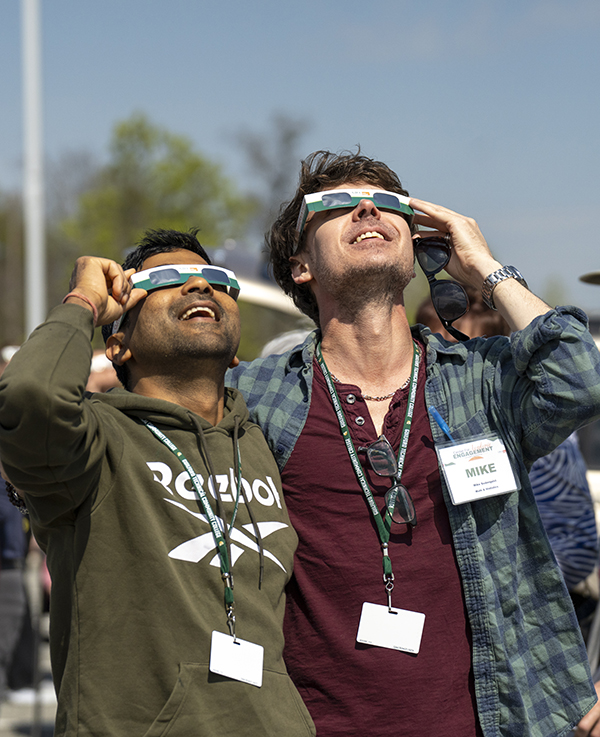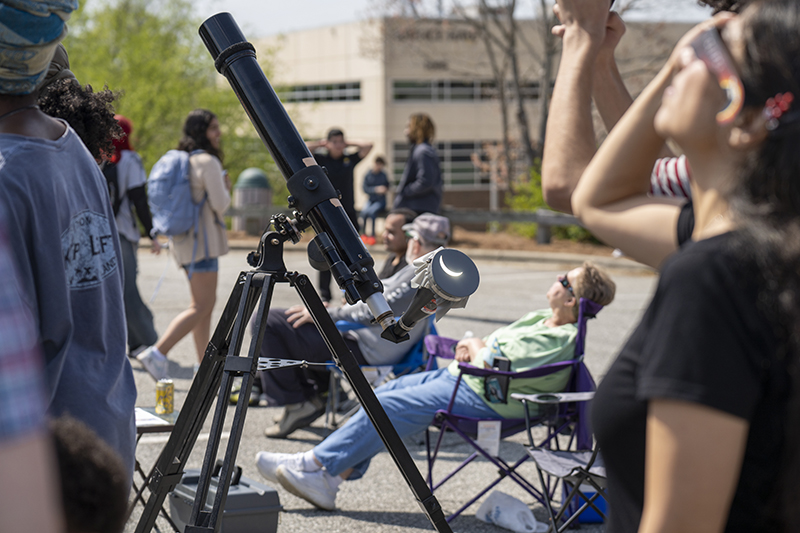NOTE: The observatory will not be open for the March 13-14 lunar eclipse.
Lunar Eclipses
Occasionally, lunar and solar eclipses are visible from our area. When possible, Cline Observatory will hold free public viewing sessions for these events.
There will be a shallow partial lunar eclipse on Tuesday, Sept. 17. This eclipse will not be as dramatic as a total eclipse or a deep partial eclipse, but it is a notable occurrence. If the weather cooperates, we will hold a free public observing session from 9:30-11:30 p.m. that night. For additional information about the eclipse see this link from timeanddate.com.
The total lunar eclipses of March 2025 and 2026 occur in the overnight hours or are not fully visible from NC, so the observatory will not hold viewing sessions for those eclipses.
The next solar eclipses visible in the Carolinas are partial eclipses in 2028 and 2029. Neither will be as impressive as the 2024 eclipse.


